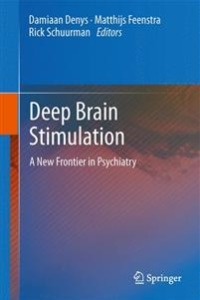
Liknande böcker
Hand Function and the Neocortex
Bok av A W Goodwin
To watch a curious young macaque explore and manipulate his immediate surroundings must surely delight and amaze us all. The monkey selects a particular objectfor scrutiny, reaches out and grasps it, handles it delicately with the fingers or more forcibly with the hand, scans the various surfaces with the fin ger pads, and finally identifies it. If we compare this monkey's adroitness and discriminative capacities with our own, at once we have a concise statement of important biological similarities and differences among primates. While there are species diffe rences in the functional anatomy of the hand, in tactile sensibi lity, and in the control of hand movements, these are relatively minor. The real difference in the dexterity of the two species relates to the complexity of the task that is executed: no monkey, and for that matter only one man in a century, paints a Guernica, although an astute investigator can readily teach the monkey to flourish a brush and paint a few strokes. The goal of the symposium, of which this book is a summary, was to examine current knowledge of those cortical mecha nisms that determine the sensorimotor functions of the hand that are common to man and the monkey - mechanisms accessible to analysis by recording the responses of single cortical neurons while the monkey explores and manipulates his surroundings.







